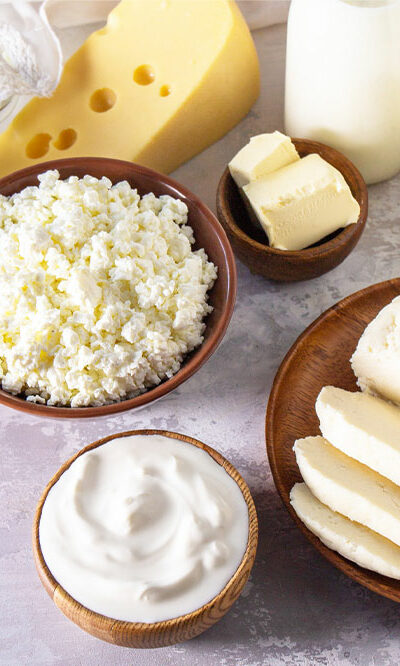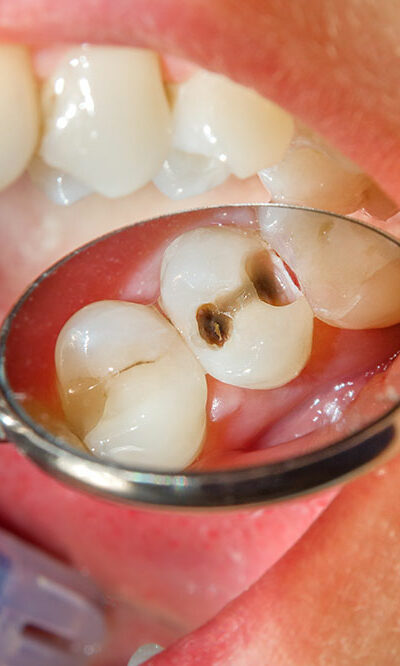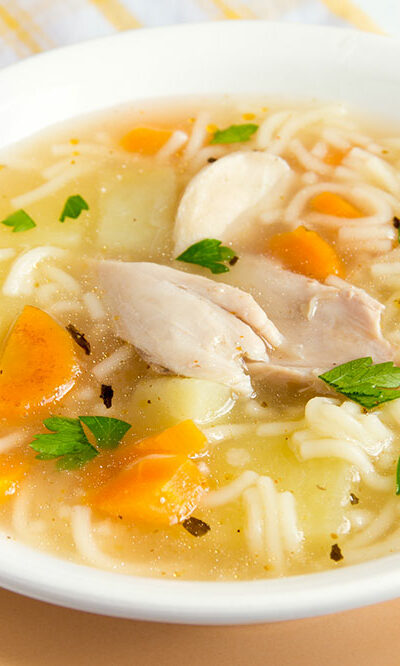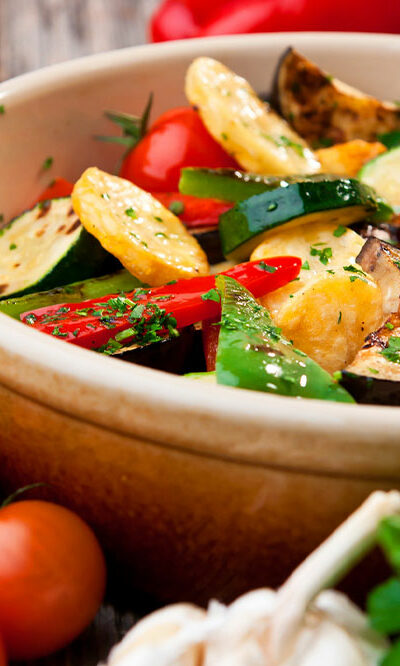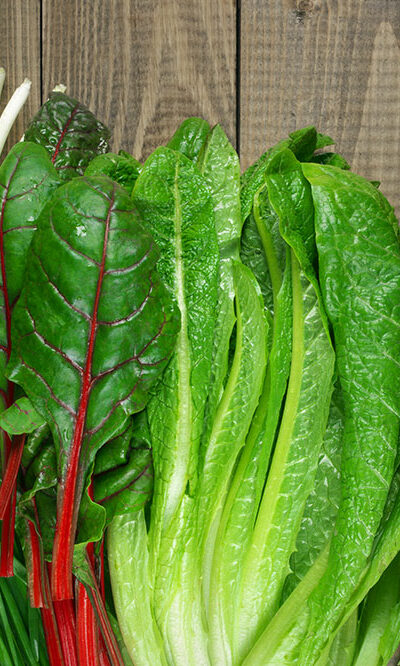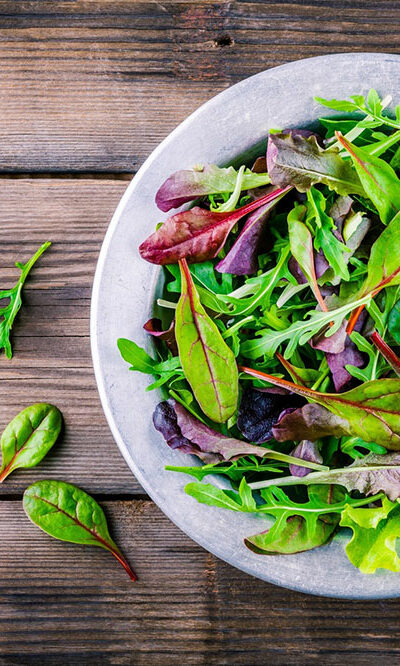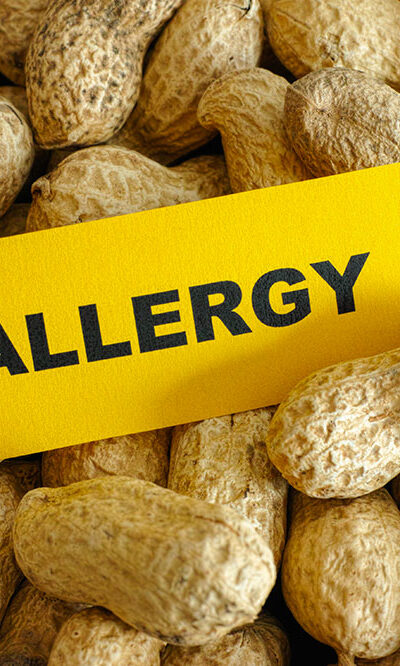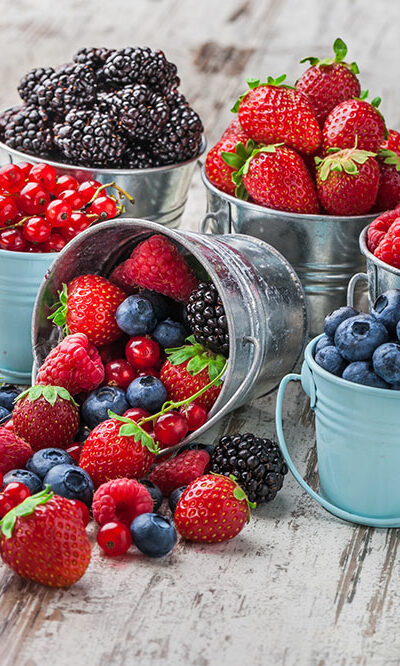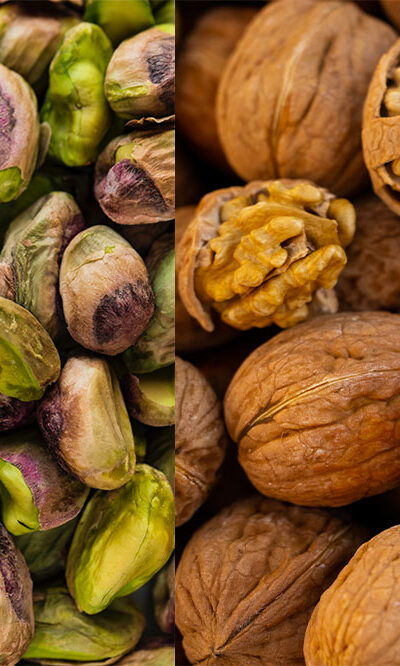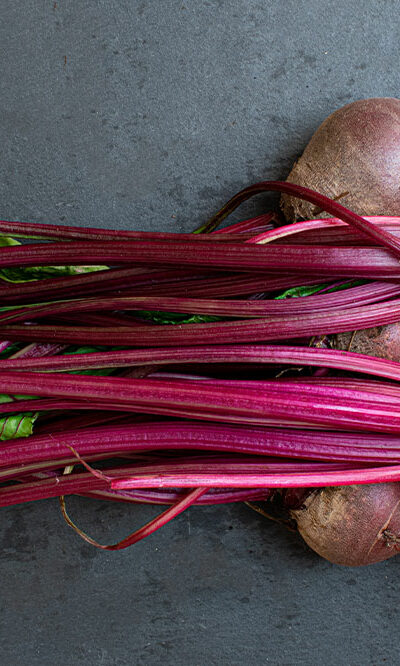
Foods that help reduce the risk of melanoma
Melanoma is a form of skin cancer that develops in the cells that produce melanin. Melanoma can also form in the eyes and, in rare cases, the nose or throat. The cause of the condition is unknown, but there are many factors that can contribute to its development. In this article, we shall discuss how certain foods affect melanoma. Continue reading to see which ones can help you fight this condition. Foods with high protein content When it comes to managing melanoma, it is important to add protein-rich foods to your meals. This is because protein is one of the building blocks of the human body, and they contribute to a lot of essential body functions. Proteins help with repairing cells and rebuilding tissue. They also help strengthen the immune system and help the body recover from illnesses. Whole grains Whole grains are an essential part of a healthy lifestyle. They are a great source of both fiber and carbohydrates that help the body stay energized. Individuals can add foods like oatmeal and brown rice to their meals instead of processed and refined grains. Fruits and vegetables Fruits and vegetables are rich sources of nutrients, antioxidants, and vitamins. Antioxidants found in many fruits and vegetables protect the body from damage caused by free radicals. Certain fruits and vegetables also have lycopene, an antioxidant that protects the skin from sun damage. Foods with healthy fat content When it comes to avoiding and fighting melanoma, people can also try adding foods with healthy fat content such as omega-3 fatty acids to their meals. This is because omega-3 fatty acids inhibit COX-2, which promotes the progression of skin cancer in the body. Omega-3 fatty acids also help reduce inflammation and help the body stay healthy. It is recommended to try adding foods such as salmon, sardines, walnuts, and flaxseed to get the required amounts of omega-3 fatty acids.

